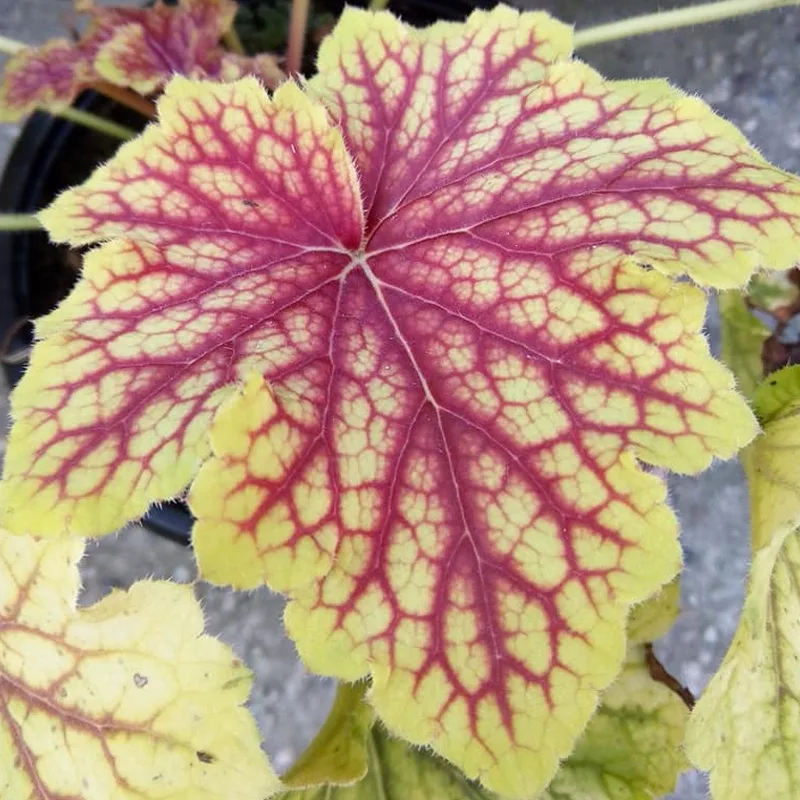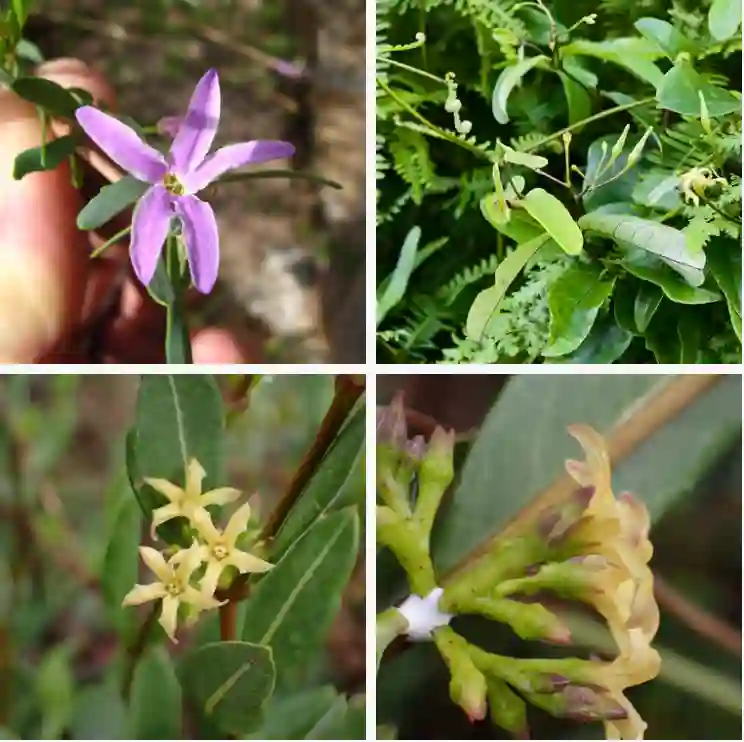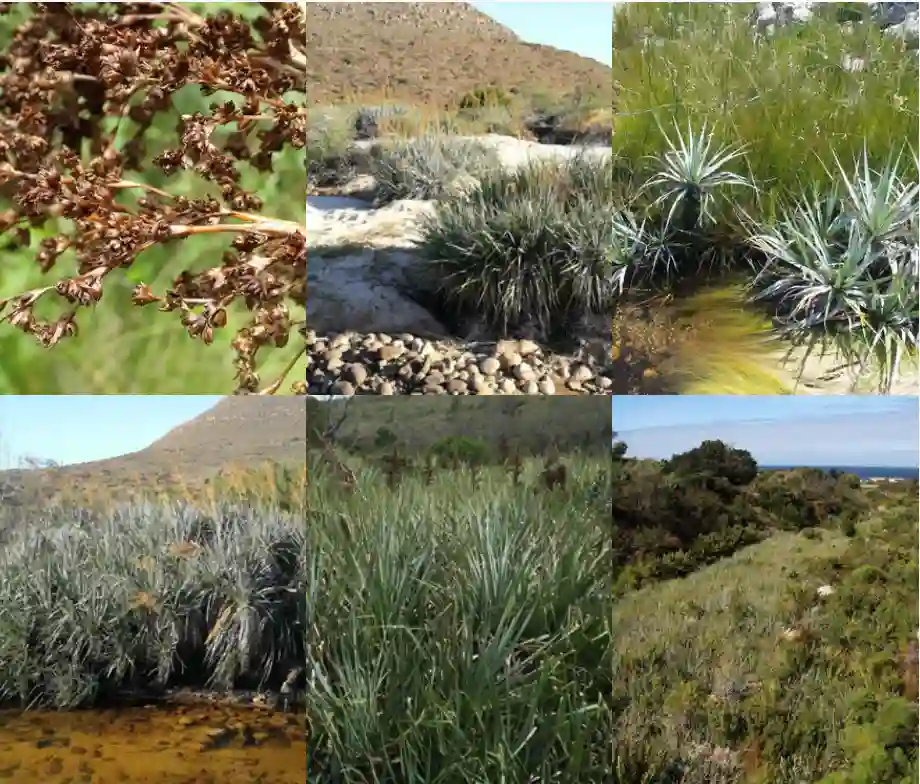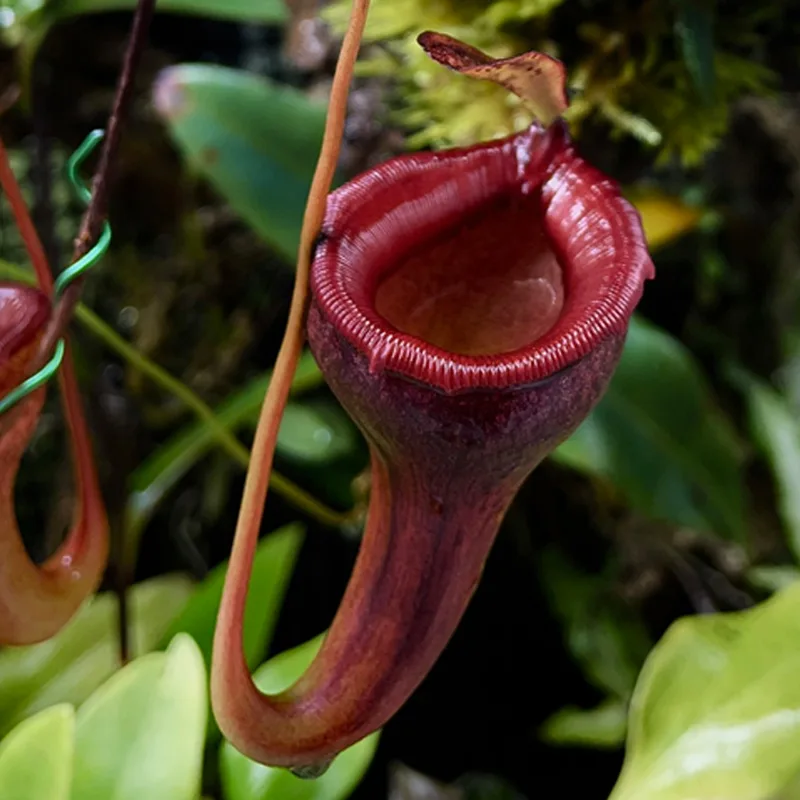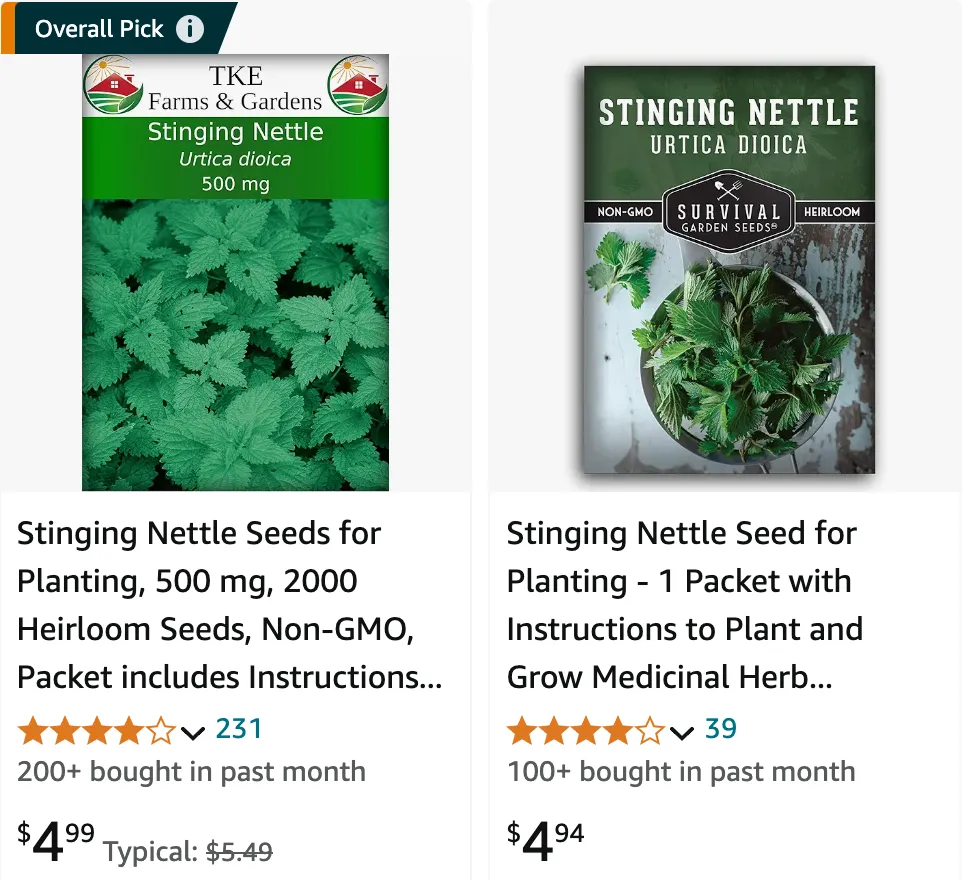
Stinging Nettle FAQs
Stinging Nettle is an incredibly versatile and beneficial plant. Over the years, I’ve come to appreciate its myriad uses, both in the garden and beyond. Here are some frequently asked questions about Stinging Nettle that I often encounter.
71 Species in Genus Urtica
What is Stinging Nettle?
Stinging Nettle, scientifically known as Urtica Dioica, is a perennial herbaceous plant renowned for its stinging hairs. These hairs can cause a painful reaction when touched, but the plant has many beneficial uses. It’s commonly found in Europe, North America, and parts of Asia. Stinging Nettle is used in herbal medicine, cooking, and even as a natural fertilizer.
Where can I buy Stinging Nettle?
You can buy Stinging Nettle from a variety of sources. Local nurseries often carry it, especially those that specialize in medicinal herbs. Online retailers like Amazon and Etsy offer dried Stinging Nettle, seeds, and sometimes live plants. Farmers’ markets are also a good place to look for fresh Stinging Nettle during its growing season.
When to harvest Stinging Nettle?
The best time to harvest Stinging Nettle is in the spring, just before the plant flowers. This is usually from late March to early May, depending on your location. During this period, the leaves are tender and packed with nutrients. Always wear gloves and long sleeves to protect yourself from the stinging hairs.
Can goats eat Stinging Nettle?
Yes, goats can eat Stinging Nettle. In fact, it is quite nutritious for them. Goats seem to be able to eat it without being affected by the stinging hairs. Stinging Nettle is rich in vitamins and minerals, making it a great supplement to their diet. However, it’s always best to introduce any new feed gradually.
Can chickens eat Stinging Nettles?
What is Stinging Nettle?
Stinging Nettle, scientifically known as Urtica Dioica, is a perennial herbaceous plant renowned for its stinging hairs. These hairs can cause a painful reaction when touched, but the plant has many beneficial uses. It’s commonly found in Europe, North America, and parts of Asia. Stinging Nettle is used in herbal medicine, cooking, and even as a natural fertilizer.
Where can I buy Stinging Nettle?
You can buy Stinging Nettle from a variety of sources. Local nurseries often carry it, especially those that specialize in medicinal herbs. Online retailers like Amazon and Etsy offer dried Stinging Nettle, seeds, and sometimes live plants. Farmers’ markets are also a good place to look for fresh Stinging Nettle during its growing season.
When to harvest Stinging Nettle?
The best time to harvest Stinging Nettle is in the spring, just before the plant flowers. This is usually from late March to early May, depending on your location. During this period, the leaves are tender and packed with nutrients. Always wear gloves and long sleeves to protect yourself from the stinging hairs.
Can goats eat Stinging Nettle?
Yes, goats can eat Stinging Nettle. In fact, it is quite nutritious for them. Goats seem to be able to eat it without being affected by the stinging hairs. Stinging Nettle is rich in vitamins and minerals, making it a great supplement to their diet. However, it’s always best to introduce any new feed gradually.
How to make Stinging Nettle tincture?
Making a Stinging Nettle tincture is straightforward. Here’s how I do it:
Harvest: Collect fresh Stinging Nettle leaves and stems, preferably in the spring.
Clean: Rinse the nettles thoroughly to remove dirt and insects.
Chop: Cut the nettles into small pieces to increase the surface area.
Jar: Place the chopped nettles into a glass jar, filling it about halfway.
Alcohol: Pour high-proof alcohol (like vodka) over the nettles until they are completely covered.
Steep: Seal the jar and store it in a cool, dark place for 4-6 weeks. Shake the jar daily.
Strain: After steeping, strain the liquid through a fine mesh or cheesecloth into a clean jar.
Store: Label the jar with the date and contents. The tincture can be stored for several years.
How to care for Stinging Nettle?
Caring for Stinging Nettle is relatively easy. It prefers rich, moist soil and partial shade but can tolerate full sun. Regular watering, especially during dry spells, will keep the plant healthy. Stinging Nettle can spread aggressively, so consider planting it in a contained area or using barriers to control its growth.
How to propagate Stinging Nettle?
Stinging Nettle can be propagated through seeds or root division. For seed propagation, sow the seeds in the fall or early spring. They require light to germinate, so do not cover them with soil. For root division, dig up a mature plant in the spring or fall and divide the roots into sections. Replant the sections in your desired location.
What can I plant with Stinging Nettle?
Stinging Nettle is a great companion plant. It attracts beneficial insects like ladybugs and butterflies, which can help control pests in your garden. Plant it near vegetables like tomatoes and cucumbers to boost their health and productivity. Avoid planting it too close to pathways or areas where people frequently walk to prevent accidental stings.
How to use Stinging Nettle in cooking?
Stinging Nettle is a nutritious addition to many dishes. Blanch the leaves to remove the sting, then use them in soups, stews, and sautés. They have a flavor similar to spinach and are packed with vitamins A, C, K, and iron. Stinging Nettle tea is also popular and can be made by steeping fresh or dried leaves in hot water.
In conclusion, Stinging Nettle is a remarkable plant with many uses and benefits. Whether you’re using it for its medicinal properties, feeding it to livestock, or incorporating it into your cooking, it’s a valuable addition to any garden.
If i die, water my plants!
